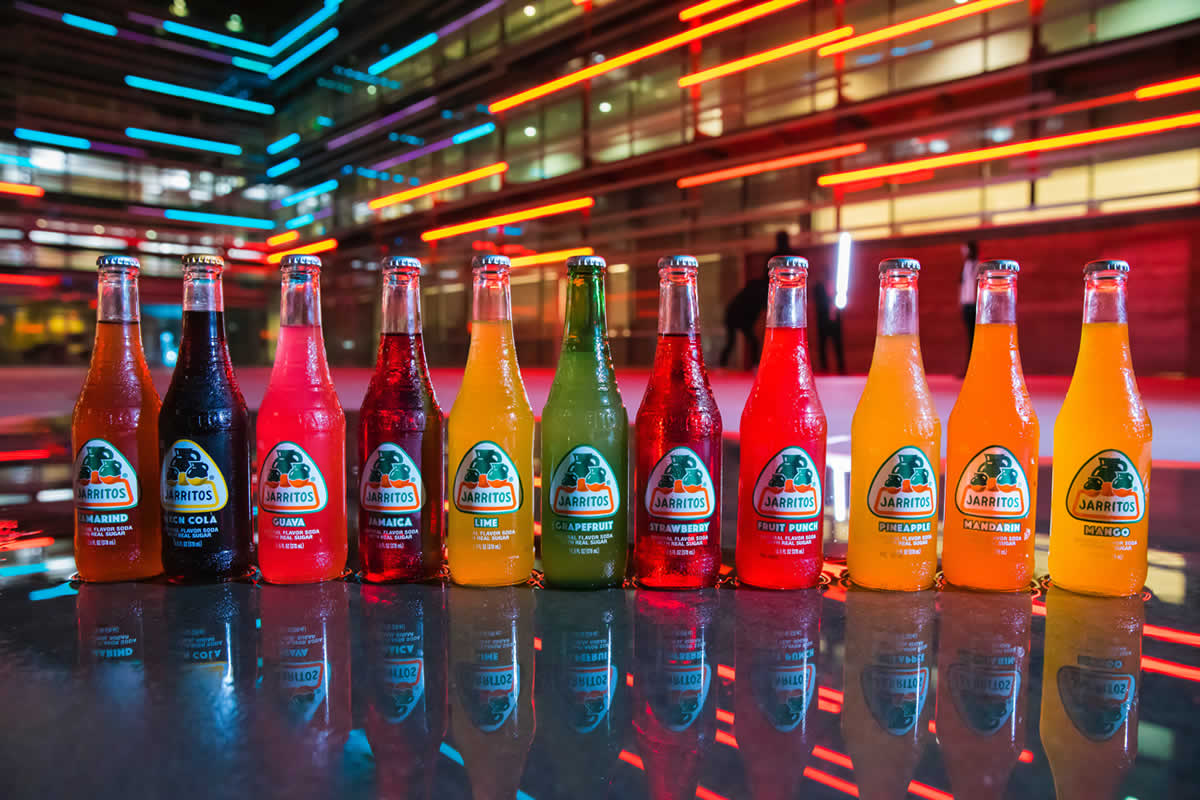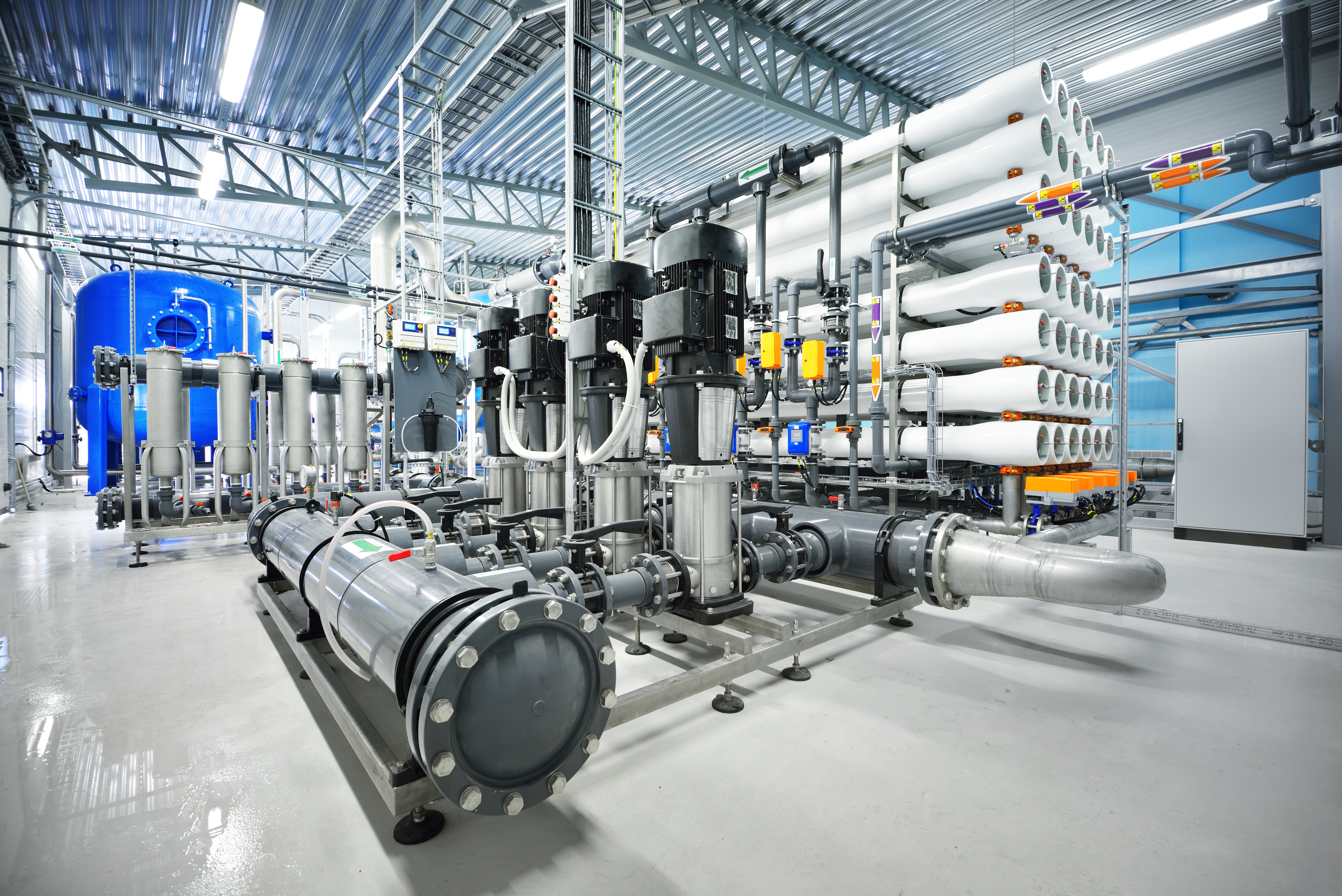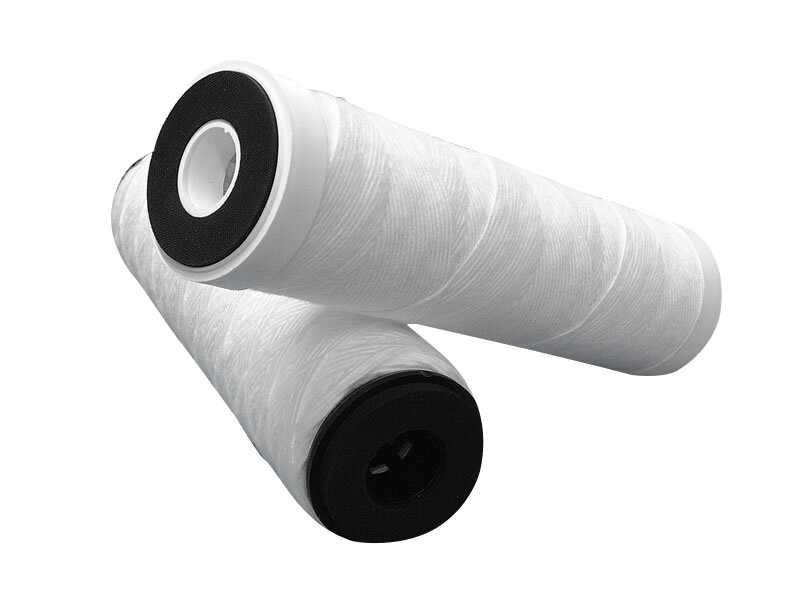Ensuring Wine Stability: The Role of Membrane Filters in Final Filtration
When it comes to bottling wine, quality, clarity, and microbiological stability are paramount. One of the most critical steps in the wine production process is the final filtration stage, where membrane filters play a crucial role. This blog explores how membrane filters are used in wine filtration, what types are best suited for different applications, and how to choose the right filter setup for your bottling line.
The Goal of Final Filtration
Final filtration is not about altering the wine’s character but ensuring it reaches the consumer free of spoilage microorganisms such as Brettanomyces, lactic acid bacteria, and wild yeasts. These microbes, if left in the wine, can lead to off-flavours, hazes, or even refermentation in the bottle. Membrane filters provide a physical barrier to these contaminants.
Membrane Filter Types and Pore Sizes
-
Final Membrane Filtration:
- Pore Size: 0.45 µm or 0.65 µm absolute-rated membranes are standard.
- 0.45 µm membranes offer the highest level of microbial retention and are ideal for wines at greater risk of contamination.
- 0.65 µm membranes provide excellent microbial reduction with higher flow rates and longer service life when microbial loads are low.
-
Pre-filtration:
- Filters upstream of the final membrane help remove particulates and reduce bioburden. These are typically pleated depth filters or depth filters.
- Typical pore sizes are 1 and 5 micron dependent on the contamination. Also in certain application 0.8 to 1.2 µm coarser absolute membranes filters are used.
Membrane Materials: Why Polyethersulfone (PES) Leads
Polyethersulfone (PES) is the preferred membrane material in wine filtration due to:
- Low protein binding: Preserves wine’s aroma and taste.
- High flow rates: Supports efficient bottling operations.
- Broad chemical compatibility: Suitable for common CIP and sanitization procedures.
- Integrity testability: Enables verification of microbial retention.
PVDF membranes also work for wine applications, but due to their higher cost are not as popular as PES membranes. Before the advent of PES membranes, Nylon membranes were the filter of choice. These are occasionally still used, but may bind with polyphenols, slightly altering wine flavour or aroma, especially in reds.
Dual-Layer Membrane Cartridges
Many wineries opt for dual-layer membranes (e.g., 0.8/0.45 µm or 0.65/0.45 µm) to combine prefiltration and final filtration in a single cartridge. This design:
- Increases final filter life
- Reduces risk of premature fouling
- Lowers overall filtration costs
Filter Integrity Testing
A key requirement in wine bottling is the ability to test membrane filters for integrity. This is typically done using:
- Bubble Point Testing
- Diffusion Testing
Integrity testing before and after filtration ensures no compromise in filter performance and confirms that microbial safety is assured. It also ensures that SIP or CIP performed on the cartridges has not compromised the filter.
Typical Wine Filtration Setup
A standard filter train for a bottling line may include:
- Depth Cartridge Filter – 1.0 µm nominal-rated (as a prefilter)
- Final Membrane Filter – 0.65 µm absolute-rated PES membrane
- Optional Secondary Final Filter – 0.45 µm membrane (for high-risk wines)
Considerations for Filter Selection
- Wine type: Red vs white, dry vs sweet, protein or polyphenol content.
- Turbidity: Higher turbidity requires robust prefiltration.
- Batch size: Determines cartridge size and quantity.
- Microbial load: Drives decision between 0.65 µm and 0.45 µm.
- Regulatory compliance: Filters must meet food contact standards (FDA, EU).
Membrane filtration is an essential safeguard for wine quality at the point of bottling. By selecting the right pore size, membrane material, and filter configuration, wineries can ensure microbiological stability without sacrificing the sensory qualities that define their product.
For wine producers looking to streamline operations, reduce spoilage risks, and meet regulatory standards, investing in a well-designed membrane filtration system is not just best practice—it's critical to brand protection and customer satisfaction.
We offer a range of wine filtration solutions at PoreFiltration; Depth Filters, Pleated Depth Filters, PES Membrane Filters and PVDF Membrane Filters. We're also available to help with any questions you may have on wine filtration, just give us a call or send us an email - we're here to help you make the best choice for your filtration needs.
You can also read more in our blogs:- Unlocking the Secrets of Wine Filtration: Cloudy to Crystal Clear
- Wine Filters: How to Ensure Wines are Microbially Stable
- The Main Challenges in Wine Filtration
PoreFiltration – Making your filtration systems work harder





